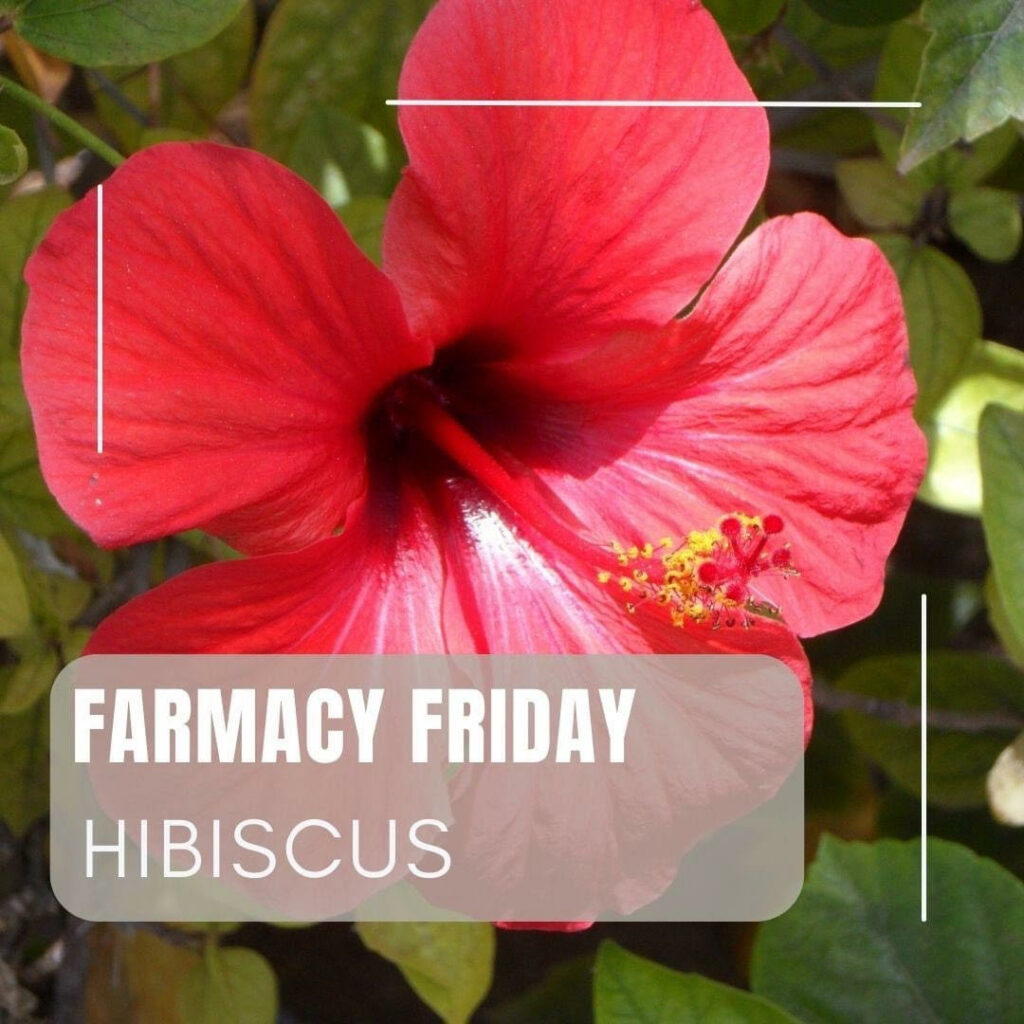Hibiscus sabdariffa, also known as Roselle or sour tea, is a tropical flowering plant known for its bright red calyces that are used in teas, jams, and traditional remedies. It’s widely appreciated for its tart flavor and various health benefits.
The plant thrives in warm, tropical climates, making it an ideal addition to gardens in similar regions. While it is sometimes mistaken for other species of hibiscus, Hibiscus sabdariffa stands out for its medicinal properties and culinary uses.
Hibiscus has a long history in herbal medicine, with its use documented across many cultures. It is prized not only for its taste but also for its ability to promote heart health and support overall wellness. Let’s explore its nutritional and medicinal properties below.
Hibiscus is rich in antioxidants, vitamin C, and minerals, and its extracts have been used to support the immune system, aid in digestion, and manage blood pressure. The dried calyces are often steeped in water to make a refreshing and vibrant tea that can be enjoyed hot or cold.
Modern studies confirm the health benefits of hibiscus, including its ability to lower blood pressure in those with hypertension, thanks to its bioactive compounds. Hibiscus also possesses antioxidant properties that help reduce oxidative stress in the body, which contributes to overall health and longevity.
Here are some of the key health benefits of Hibiscus sabdariffa:
- Supports Heart Health: Regular consumption of hibiscus tea has been shown to lower both systolic and diastolic blood pressure.
- Rich in Antioxidants: Hibiscus is loaded with antioxidants, which help fight free radicals and reduce oxidative stress in the body.
- Aids in Digestion: The natural acidity of hibiscus can help support digestion and may act as a mild diuretic.
- Boosts Immunity: With its high vitamin C content, hibiscus helps strengthen the immune system and protect against colds and infections.
- Weight Management: Some studies suggest that hibiscus can help prevent obesity and reduce lipid buildup in the body.
Hibiscus sabdariffa prefers warm conditions, thriving in temperatures above 70°F (21°C) and well-draining, fertile soil with organic matter. It can be grown easily in tropical climates or controlled environments. Ensure ample sunlight and space for the plant to spread. The plant blooms into beautiful, bright red flowers, and the calyces are harvested for their medicinal properties.

